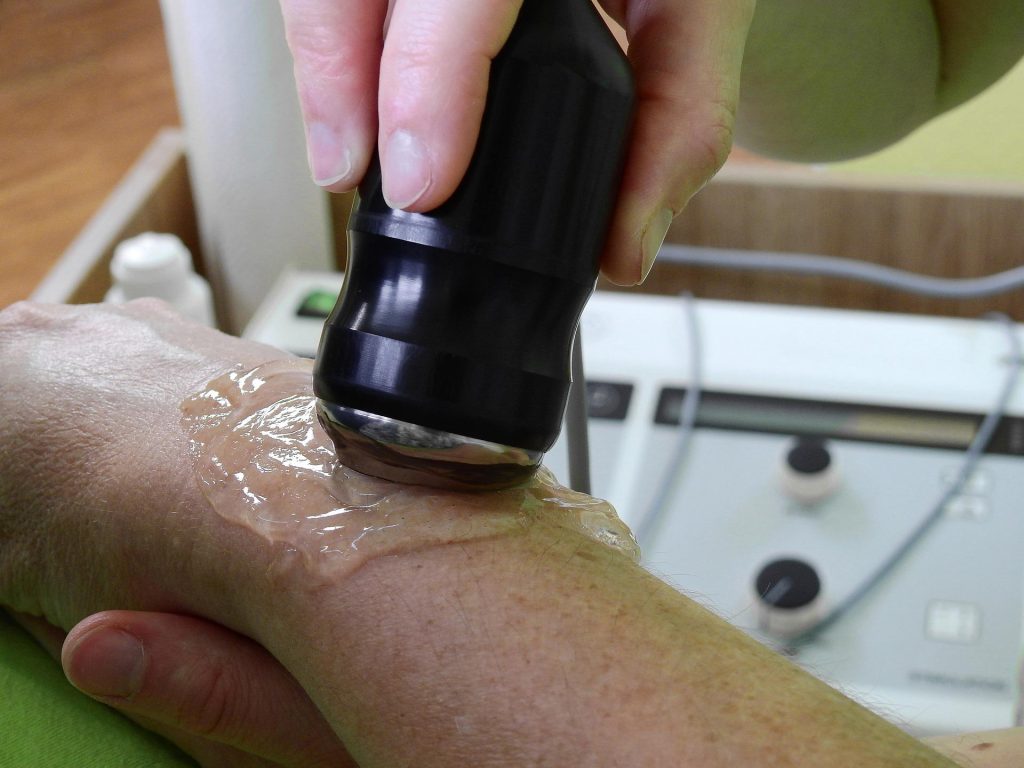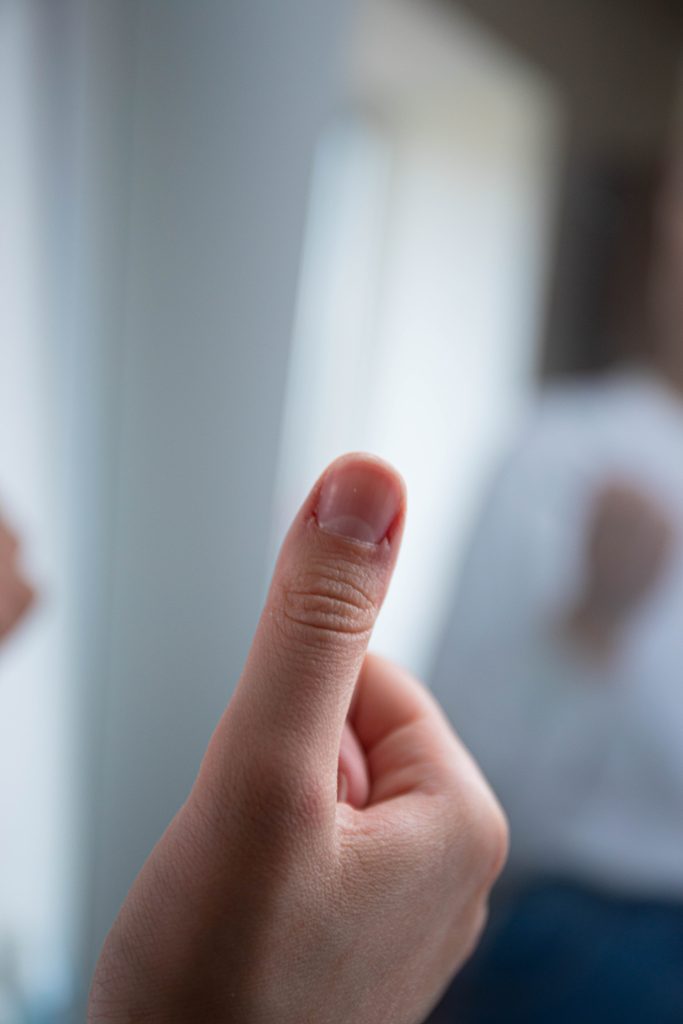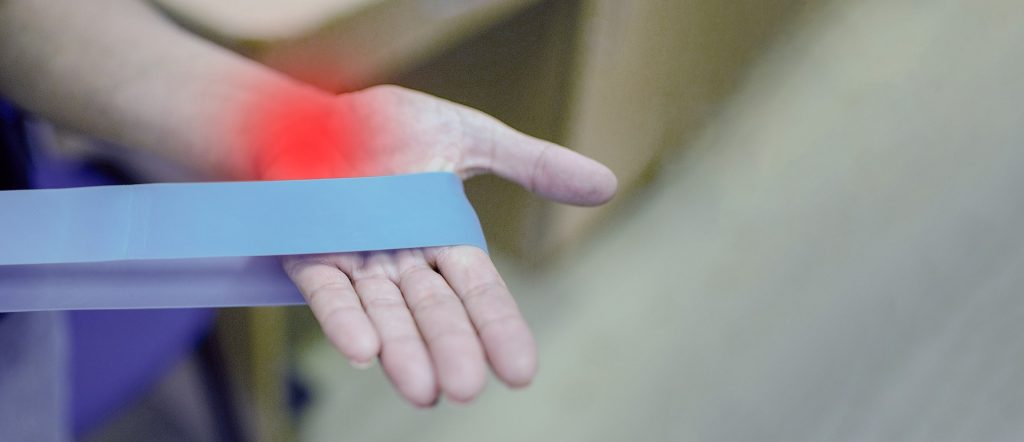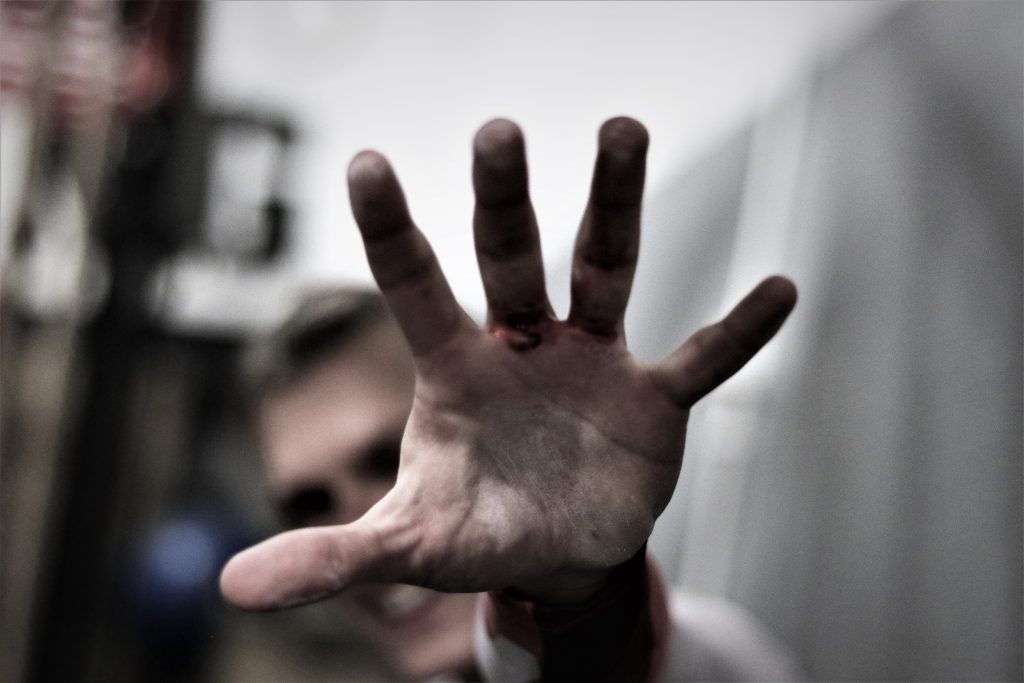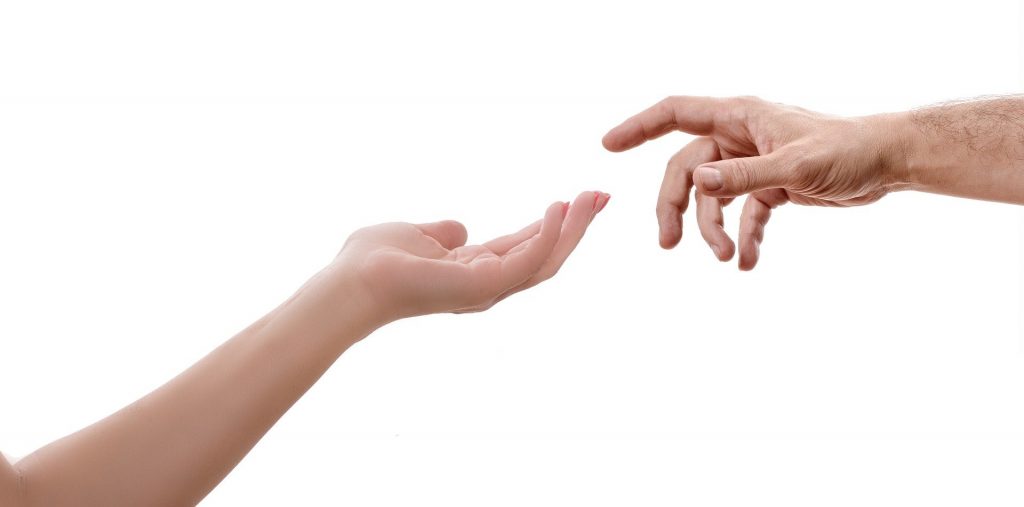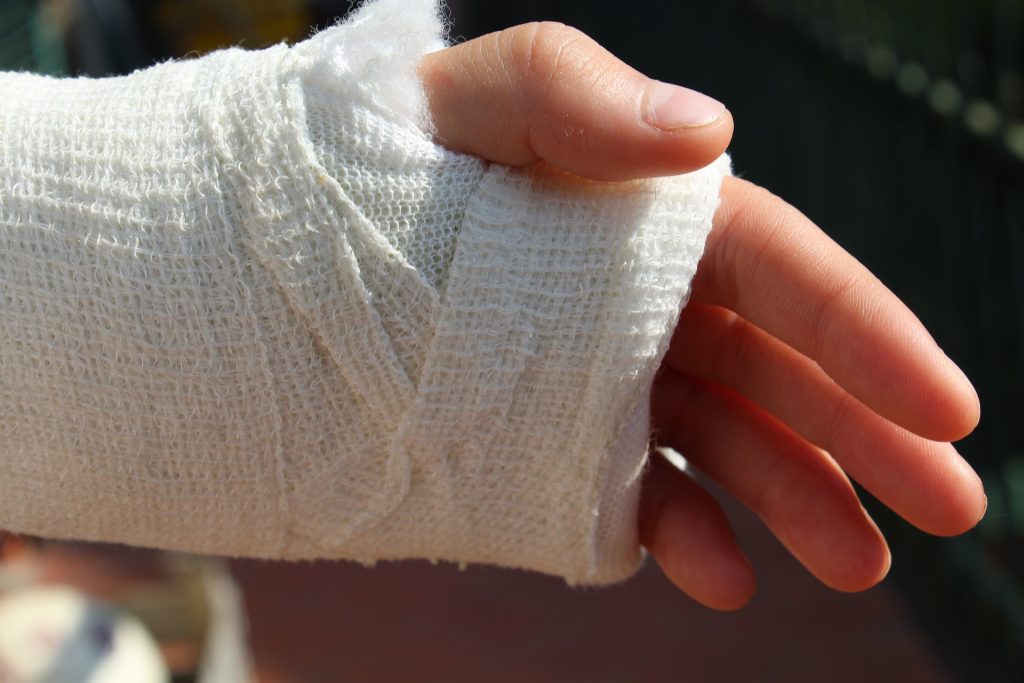
The National Health Service, the publicly funded healthcare system throughout England, recently performed the world’s first double hand transplant to treat scleroderma.
Steven Gallagher suffered from scleroderma, a severe condition that affects the skin and internal organs. For Gallagher, the disease forced his hands to close into a fist position after 13 years of initially presenting itself as a rash.
Gallagher underwent a 12-hour surgery. Afterward, he said, “After the operation, I woke up and it was quite surreal because before it I had my hands and then when I woke up from the operation, I still had hands so in my head I never really lost any hands. These hands are amazing, everything has happened so quickly. From the moment I woke up from the operation I could move them. It has given me a new lease of life. I’m still finding things hard just now, but things are getting better every week with the physio and the occupational therapists, everything is just slowly getting better. The pain is the big thing. The pain before the operation was horrendous, I was on so much pain relief it was unbelievable, but now I’ve no pain at all.”
At first, the double hand transplant was dismissed by Gallagher. Once the pain became intolerable, he decided to go ahead with the surgery despite the risks.
“My hands started to close; it got to the point where it was basically two firsts, my hands were unusable, I couldn’t do a thing apart from lift things with two hands. I could not grab anything; it was a struggle to get dressed and things like that.”
Professor Simon Kay of Leeds teaching hospitals’ NHS trust said the surgery was “A huge team effort” with over 30 healthcare employees.
____________________________
Michigan Hand & Wrist was founded in 2001 with the mission to provide the highest-quality care for patients seeking surgical or non-surgical hand or upper extremity relief. Our goal is to exhaust all non-operative measures before discussing or moving on to surgical interventions. We offer on-site physical therapy from therapists committed to improving your quality of life. Our individualized treatments are modern, progressive, and exceptional. Call us at 248-596-0412 for further questions.
Written by the digital marketing team at Creative Programs & Systems: www.cpsmi.com
